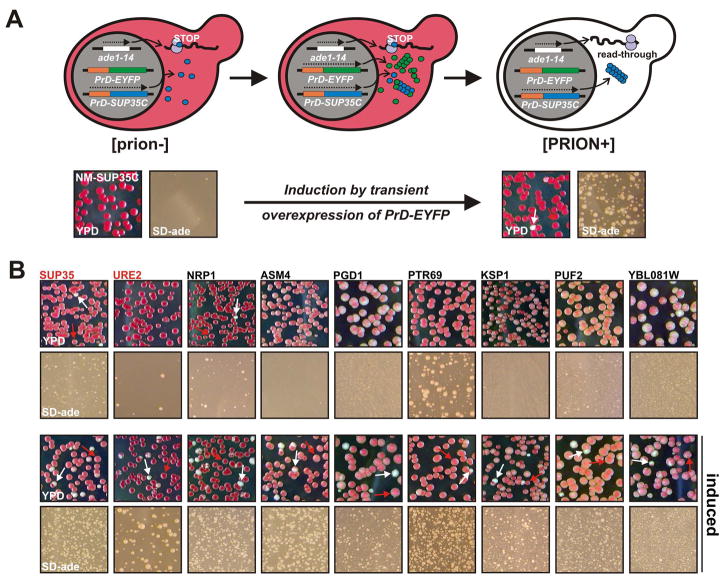Figure 4. A SUP35-based prion assay is used to detect switching behavior.
(A) A schematic overview of the genetic manipulations deployed to identify cPrDs with prion properties (top) and an example of the used selection procedure (bottom). In the bottom half, the prion state was induced by expressing NM-EYFP for 24 h and the cells were subsequently plated on complete (YPD) and adenine-deficient medium (SD-ade). The same strain grown under non-inducing conditions served as a control. Note that the number of cells plated on SD-ade plates was 200 times the number on YPD plates. Arrows point to colonies that switched to a white colony color.
(B) A selected set of positive candidates identified with the SUP35C-based prion assay. Conditions were as described in (A).

